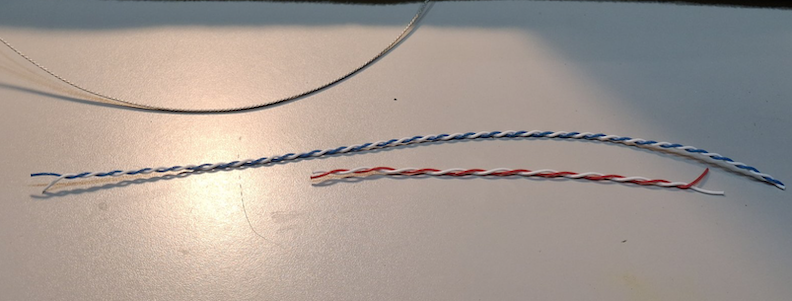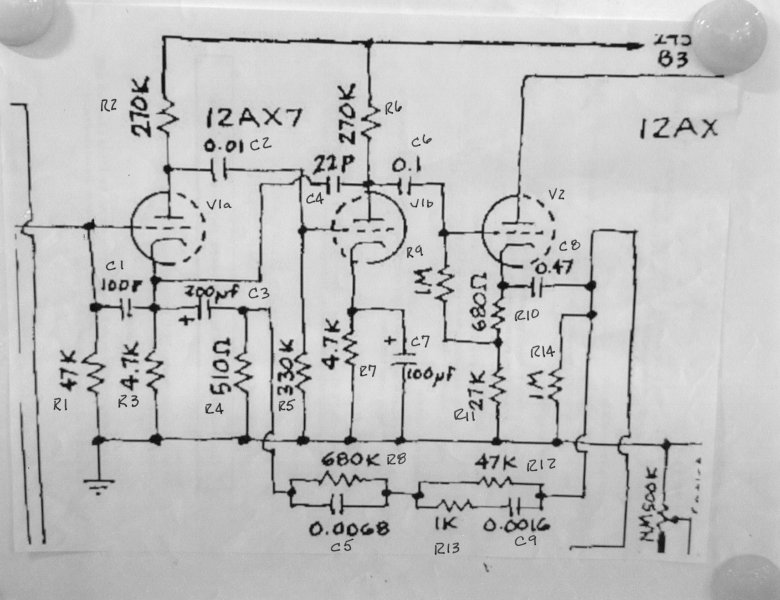Yes, and it is well described in the video linked here. Also in the video you will find my description of its sound, which is very, very good.
Now, about the comparisons... I think the A807 is a very easy target and that preamp will - in my view, of course - beat it.
I can't speak of the M21 and I have no experience with it, I only have the M15A.
tapepath - you are very welcome, I am always willing to share my experience. Your construction is indeed very nice.
You are right about the input loading - I also put the trimpot in that position, but you need to be careful with it, as it and the HF EQ pot will both affect that region, so I would start with that 100k pot wide open while adjusting the EQ, while watching for some high frequency peaks - sometimes you will see 20KHz or 25KHz ones... then you can tame them with that trimpot.
Another minor comment has to do with the front panel mounted pots. I have done that in some of my preamps. It is, of course, very convenient, but you always run some additional risk of power line interference due to their long wires. Twisting the wires tightly will reduce that pickup, but you will still be able to see those peaks on the spectrum analyzer. They are very small, and nearly impossible to hear, but they are there.
That is why I eventually moved to mounting the adjustment as close as possible to the EQ network. Not as convenient, but less prone to pickup.
I am still curious about your project as I don't see any switching there. How do you select the EQ you want?
Now, about the comparisons... I think the A807 is a very easy target and that preamp will - in my view, of course - beat it.
I can't speak of the M21 and I have no experience with it, I only have the M15A.
tapepath - you are very welcome, I am always willing to share my experience. Your construction is indeed very nice.
You are right about the input loading - I also put the trimpot in that position, but you need to be careful with it, as it and the HF EQ pot will both affect that region, so I would start with that 100k pot wide open while adjusting the EQ, while watching for some high frequency peaks - sometimes you will see 20KHz or 25KHz ones... then you can tame them with that trimpot.
Another minor comment has to do with the front panel mounted pots. I have done that in some of my preamps. It is, of course, very convenient, but you always run some additional risk of power line interference due to their long wires. Twisting the wires tightly will reduce that pickup, but you will still be able to see those peaks on the spectrum analyzer. They are very small, and nearly impossible to hear, but they are there.
That is why I eventually moved to mounting the adjustment as close as possible to the EQ network. Not as convenient, but less prone to pickup.
I am still curious about your project as I don't see any switching there. How do you select the EQ you want?
Last edited:










